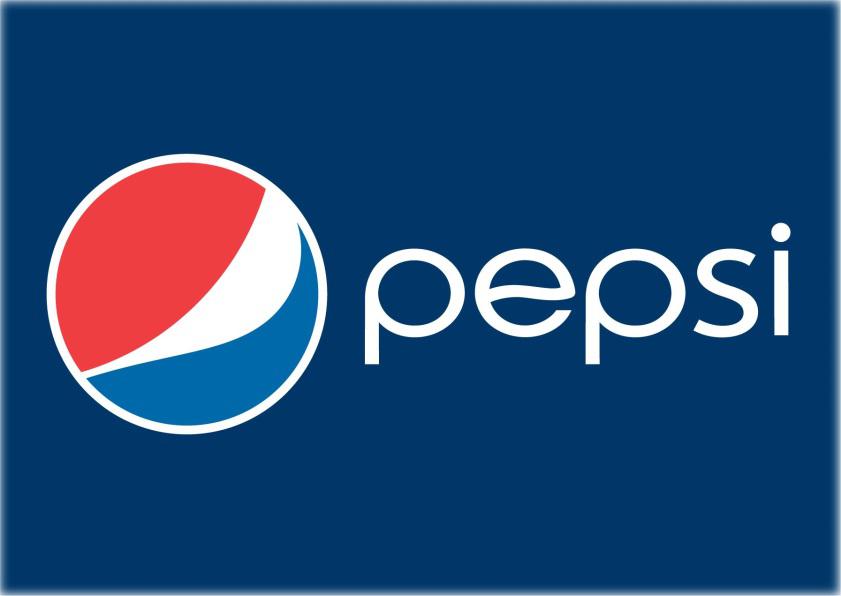
Why is Creating a Brand Identity with Your Logo Design Important?
No matter the scale of your business or the target audience you work with, branding plays a pivotal role in your ongoing success. According to research, consistent brand identity across all mediums can raise your overall revenue up to 23%.
While this may seem like an insignificant number at first glance, it practically represents a quarter of your potential customer base. It’s also worth pointing out that 70% of company managers agree that building an audience takes precedent over direct, short-term sales gain.
With that in mind, the first and most obvious step in creating a brand identity is through your company’s logo design. But how do you design a logo that will be timeless and provide just enough information for people to visit your ecommerce site or retail store on instinct? Let’s find out through several important, tried and tested logo design tips.
1. Create a Mission Statements and Goals
It’s important to consider your company’s reason for existing in the first place before the pen touches the proverbial paper. Don’t think about logo design before you as CEO and your board of managers are clear on what the goal and purpose of your company is. A good example of very clean and efficient branding through logo design can be found with McDonald’s.
Make sure that your company’s mission statements, goals and internal culture resonate with the logo design you are about to create. If all you do is create a generic graphic with your name on it, your company will be all but forgotten shortly after.

2. Consider the Application
Your logo’s application in real life is a very important factor to consider going forward. For example, if you plan on printing your logo on business correspondences, cards, pens and similar advertisement items, your logo can’t be overly complicated.
Similarly, if your logo will appear in dedicated mobile applications, web platforms and interactive digital content, elements such as gradients, shadows and minuscule patterns are a no-go. You need to double-down on the details and complexity of your logo design in order to communicate the message behind your brand in a clear and direct manner.

3. Use a Limited Color Palette
It’s never a good idea to go all-out with colors in your logo design. A limited color palette that corresponds with your industry, products and target audience is a great way to appear professional and stable as a brand to your company.
However, pinpointing the right color combination for your brand isn’t as easy as it sounds. Professional designers often advise to limit your choice to three or less colors in order to best communicate your intents and branding to the general market. An example of this practice can be found in numerous conglomerate companies but for the sake of argument, let’s take a look at Pepsi.
Pepsi has a limited color palette which stood the test of time despite their numerous logo redesign attempts. These colors have become synonymous with their brand and people often identify blue-red-and-white refrigerators on the street with Pepsi. In order to build this type of brand recognition, make sure that your colors are limited in number and complementary to one another.

4. Decide on Logo, Type or Logotype
Depending on how knowledgeable you are about graphic design as a whole, you may or may not know about logos and logotypes. Your brand’s logo design doesn’t have to have the entire company name on it at all. Similarly, you don’t have to rely on illustrations, visual elements or shapes of any kind. Instead, you can write your brand name in a font of your choice, add a small change in the lettering and call it a day.
If you settle for logotype and sell children’s toys and baby equipment, you may not find success on the market. The same goes for legal firms, insurance companies and research companies that choose colorful, illustrative logos which may not seem as serious and professional as they might think. Make sure that your choice between logo and logotype makes sense within your niche.

5. Test Before Committing
Last but not least, make sure that you test the waters with your logo design before you commit to it fully. While a logo may seem perfectly adequate and representative to you and your internal staff, it might not do so well in the open market.
Test your logo design in a controlled environment with groups of volunteers, NDAs signed and all. This will help you avoid a massive failure in the public eye if your branding doesn’t represent the industry in the best light possible.
Testing your logo design won’t cost a lot (if anything at all) but it will save you plenty of revenue in the off chance that you have to pull back from the market and rebrand your company. If push comes to shove, you can always find solace in public design competitions in the online market and settle for the one that suits your image.
In Summation – What you need to know about logo design
As you can see from the tips we’ve listed above, logo design is a process that requires careful planning and brainstorming. Don’t settle for mediocrity and look for ways to be original and different from your industry’s competition. Once you reach the point where people take inspiration from your brand’s design rather than the other way around, you will have succeeded in creating a logo design that will carry your company through the years.
This post is a guest blog. Bridgette Hernandez is a content editor at SupremeDissertations and HotEssayService. She has a Master’s degree in Anthropology and is getting her MBA degree from Golden Gate University.



